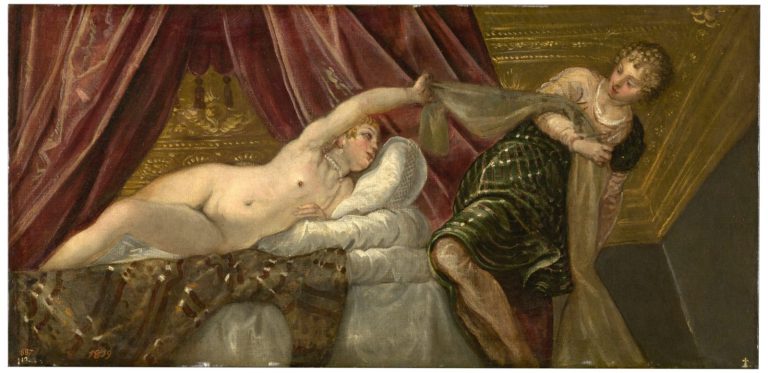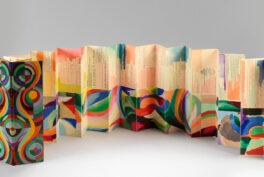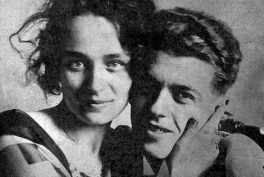The Old Testament story of Joseph and Potiphar’s wife has served as a great source of inspiration for artists over the centuries. This vivid composition conveys the despair and madness of Joseph’s dramatic flight from the clutches of his master’s wife. The story, however, has a happy ending, as it set into course a chain of events that led young Joseph to the Pharaoh’s highest office.
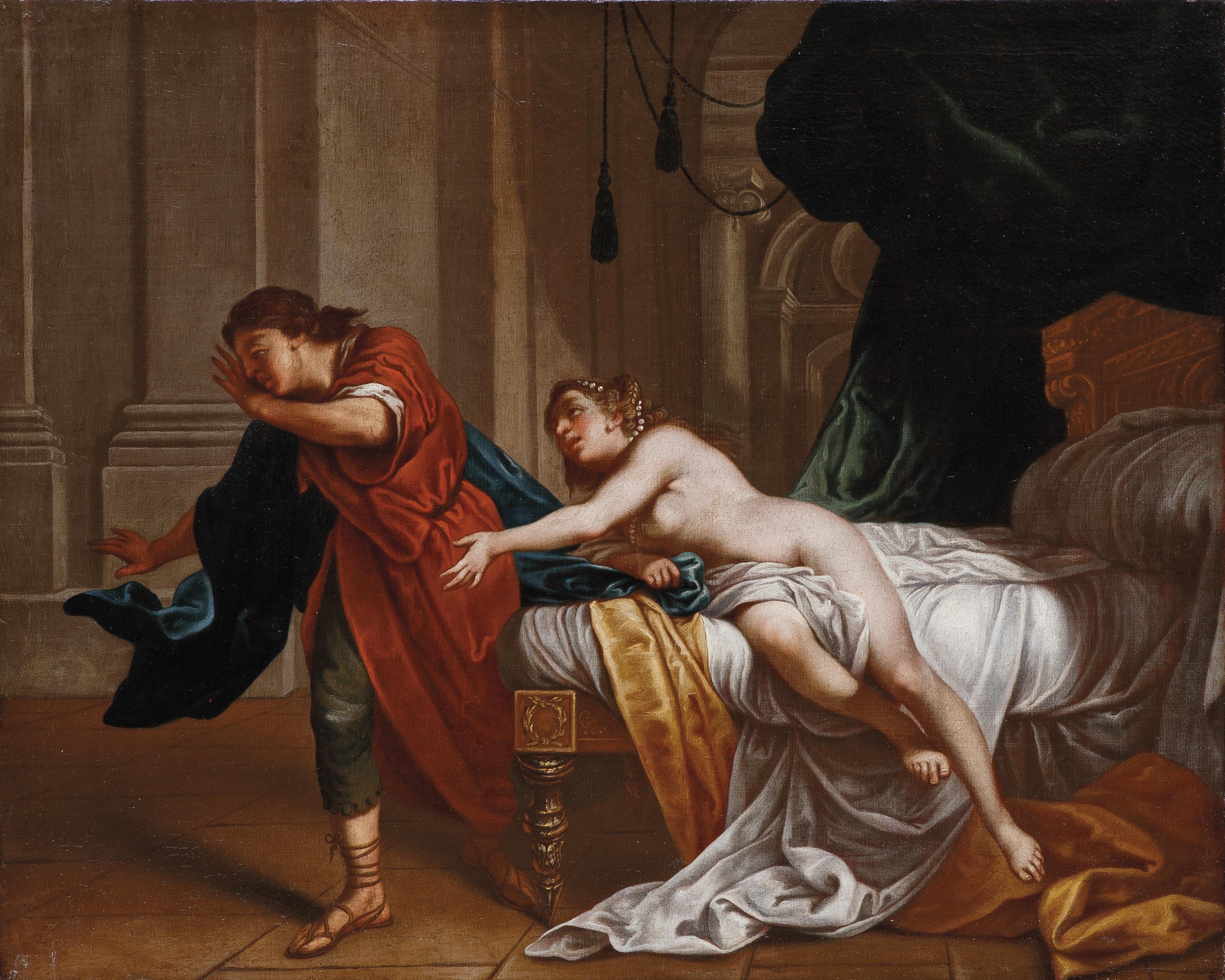
The Purchase by Potiphar
The Book of Genesis tells the story of young Joseph, who was sold into slavery by his envious brothers. He was bought by Potiphar, a Captain of the Egyptian Pharaoh’s guard. Potiphar was impressed by Joseph’s intelligence and soon trusted him as the overseer of his household.
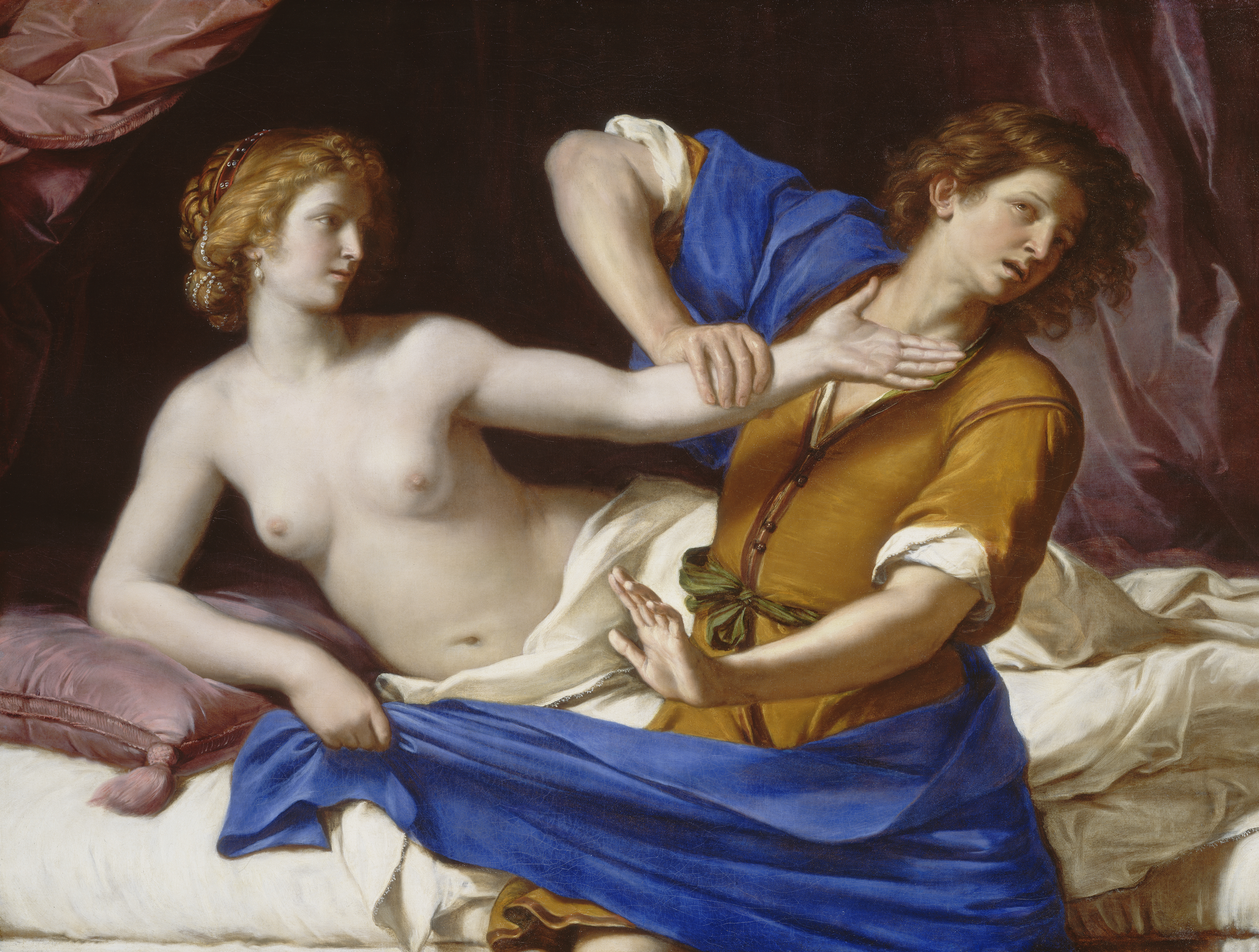
A Dangerous False Accusation
Unfortunately for Joseph, Potiphar’s wife (who has not been named in the Bible) took a great liking to him. She would attempt to seduce him whenever the opportunity presented itself and, terrified, Joseph would elude her advances.
On one occasion when the pair were alone at home, Potiphar’s wife grabbed Joseph by his garments to lure him into her bed and, terrified, Joseph pulled himself away. As he removed himself from his Mistress’s clutches, some of his garments ripped off. The humiliated wife used the fragments of his clothing to falsely accuse Joseph of rape. Joseph was put behind bars for a crime he did not commit.

The Imprisonment of Joseph
Many have speculated that Potiphar was skeptical of his wife’s accusation, as he spared Joseph’s life and imprisonment under these circumstances would have been considered lenient. A slave accused of rape would have no doubt been executed.
Despite the blatant unfairness of the incarceration, Joseph’s time in prison was an important turning point in his destiny. It was in prison that Joseph started to interpret dreams of other inmates — this would eventually lead to him meeting the Pharaoh and his ultimate rise to prominence in the Pharaoh’s household.

Source of Artistic Inspiration
Artists over time have been drawn to this scandalous scene of lust and desperation of Potiphar’s wife and the fear and revulsion of the young slave. The most common paintings of the scene are in a Baroque style, where artists have portrayed the pair in a luxurious setting to signify the relatively high rank of Potiphar. This important scene has also been recreated in stone as sculptures and architectural reliefs.
In Balthasar Griessmann’s ivory miniature sculpture, the focus is evidently more on the setting than the bodies of the subjects.

Potiphar’s wife is most commonly depicted in the nude, while Joseph is necessarily clothed as the fabric of his garment played an important role in this parable. The sitters are also often surrounded by lush fabric. Note the following rendering by Bolognese master, Guido Reni, who was notable for his skill in drapery painting.
Reni has also masterfully depicted the youth and vulnerability of Joseph that also highlights the depravity of the false accusation.

Variations in Style
Though this scene is immediately recognizable, the dress style and the facial features of the two subjects unsurprisingly vary dramatically across the artworks, no doubt inspired by the artist’s own perception and place of origin.
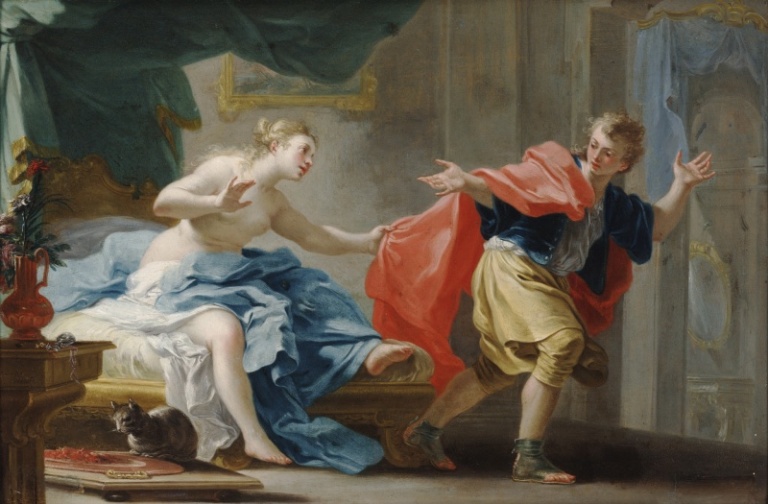
The scene has also been spoofed and animated in cartoons. Note the following amusing version of this scene by Joseph Kuhn-Régnier.
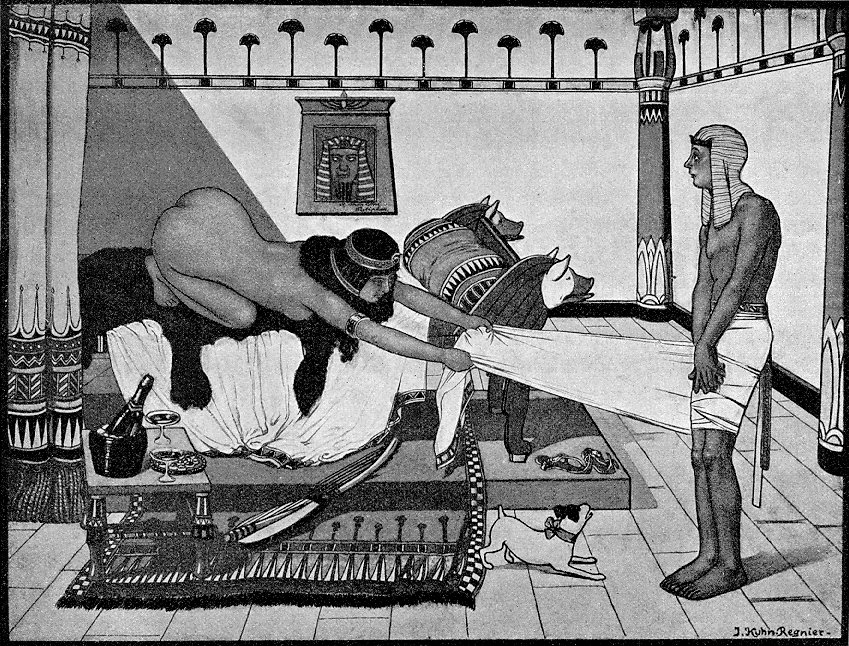
The Drama of the Composition
The purpose of the story of Joseph and Potiphar’s wife was no doubt to warn against adultery and the temptations of sin and to provide assurance that God would reward the patient and the virtuous. However, the artists who have rendered this scene were likely more drawn to the erotic appeal and the scandal of the composition rather than the underlying moral lesson.
Read more about religious art:
